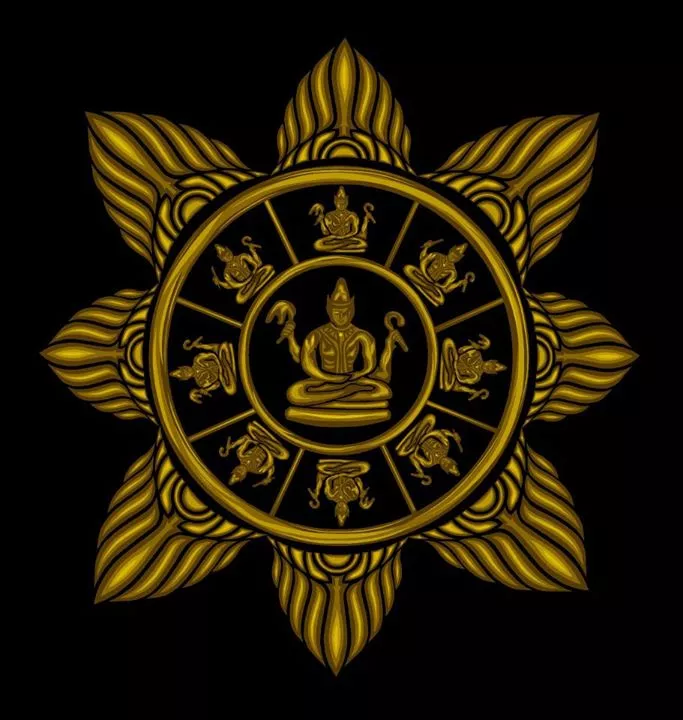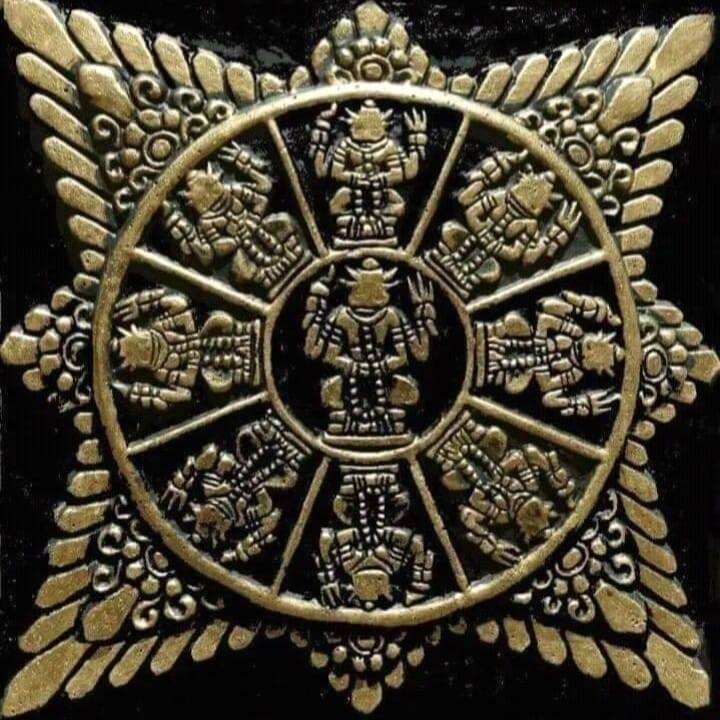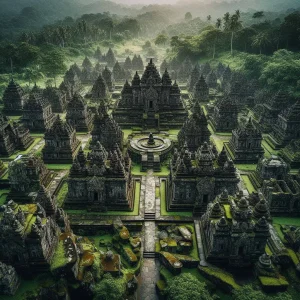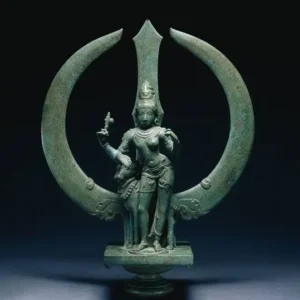Tantra – Tantra is a universal science, philosophy and culture, older than the Veda-s, dealing with the transcendence of gross human nature from the present level of evolution to the highest state of human attainment. Tantra is known as Agama, as opposed to the Veda-s which are known as Nigama. It is one of the classical Indian philosophies, the science of the cosmic spiritual forces, a divinely-revealed text and a path unrelated to the Veda-s, and offering both liberation and worldly enjoyment.
Tantra was also defined as the process of expanding the mind and liberating the energy and consciousness from matter. ‘Tantra’ literally means ‘warp’ (on a loom) or ‘extension’:
-
- 1) From the root ‘tan’ or ‘tanoti’ = to expand, to stretch, expansion. Tantra is that in which the principles of reality are expanded and elaborately described.
- 2) From the root ‘tra’ = to save; to control, to harness; relation, gathering. Tantra is that which teaches how to control and harness the various forces of reality.
- 3) From the root ‘trayati’ = liberation.
- As opposed to Vedanta, Tantra does not advocate that the universe is unreal and illusory; instead it emphasizes that the source of the universe is the same all-pervading consciousness which has assumed these manifested forms through the power of its Śakti, or energy. Tantra mainly deals with the divine energy, or Śakti, which in the form of a Goddess (Devi), embodies the feminine aspect of God and is often known as being the partner of S̒iva. A sadhaka has to realize for himself and to experience his strong connection with this universal source.
- There are several hundreds of Tantric texts: the Tantra-s per se, S̒aiva Agama-s, Vaishnava Samhita-s, S̒akta Nigama-s etc. Tantra-s deal with five main topics: (1) The creation of the world; (2) Its destruction or dissolution; (3) The worship of God, in its male or female aspects; (4) Obtaining siddhi-s (supernormal powers); (5) Attaining an intimate ineffable fusion with the Supreme, through various methods of meditation.
- To develop different states of awareness, Tantra employs the tools of mantra, yantra and mandala, which are based on the primordial principles of sound, light and form. Tantra says that every object and experience has a sound vibration, which is called mantra. From sound vibration emanates laser-like light that is linear and geometrical in form, called yantra. These geometrical forms results in a three-dimensional reality, called mandala.
- Concentration (dhāraṇā) on any one of these tools will replicate and lead you to that very same experience which is enshrined in it. Thus each level of awareness has a mantra and a corresponding yantra and mandala. Tantra not only defines very explicitely different states of consciousness, but it also gives definite ways to experience them. Even the expressions that arise as a consequence of those altered states have been elucidated in the finest detail.
- The science of Tantra postulates two theories: expansion and liberation. Just like when boiling water, the particles of oxygen and hydrogen are expanded and liberated from the gross form of water and become subtle vapor, the same way by expanding the awareness, Tantra liberates the energy that is locked up in the body and the mind. Energy is the link between matter and consciousness. Once it is released from the clutches of matter, it unites with the pure consciousness (Śakti uniting with S̒iva), resulting in the awakening to the true self. Man is destined to awaken to this experience at some point in his evolution, even if no conscious effort is made to liberate the energy and expand the awareness.




